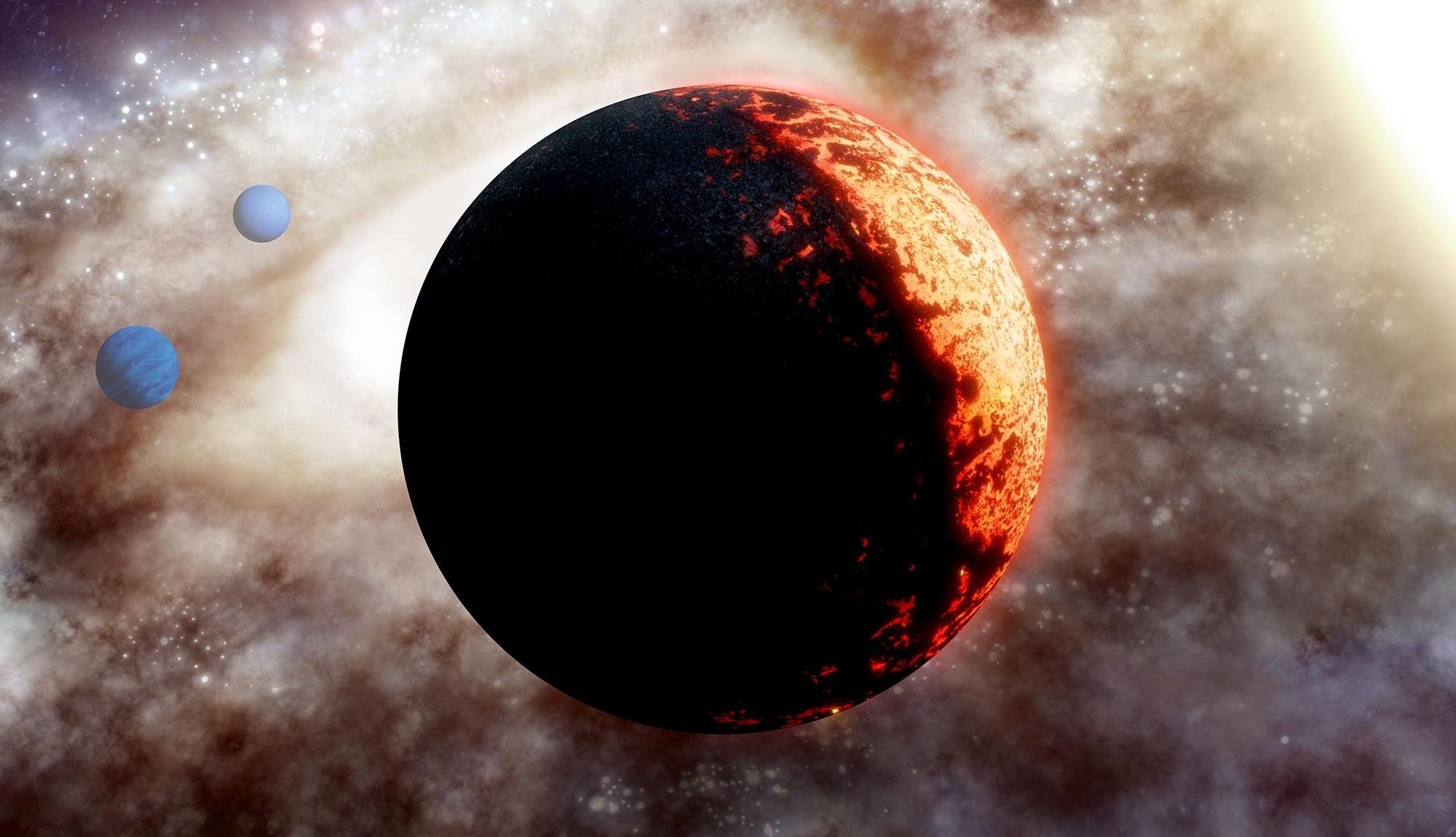Around one of the oldest stars in the galaxy, an orange dwarf called TOI-561, just 280 light-years away, astronomers have found three exoplanets orbiting it, including a rocky world 1.5 times larger. bigger than Earth.
Of course, an exoplanet so close to its star could not be habitable, even if it is rocky like Earth, Venus, and Mars. It would have a temperature of 2,480 degrees Kelvin.
However, the TOI-561 system is one of the oldest systems ever observed, with an estimated age of about 10 billion years.
This is more than twice as long as the Solar System, almost as old as the Universe, and shows that rocky exoplanets can remain stable for a long time.
One of the oldest rocky planets discovered so far
“TOI-561 b is one of the oldest rocky planets discovered so far. Its existence shows that the Universe has continued to form rocky planets since its inception 14 billion years ago,” said Lauren Weiss, an astronomer at the University of Hawaii.
The three planets, named TOI-561 b, TOI-561 c and TOI-561 d, were identified using NASA’s TESS space telescope. From this data and other subsequent observations, astronomers have been able to determine the orbital periods and dimensions of the three exoplanets.
TOI-561 c is 2.9 times bigger than our planet
TOI-561 d, the most distant exoplanet, is about 2.3 times the size of Earth, with an orbital period of 16.3 days. TOI-561 c is 2.9 times larger than our planet, with an orbital period of 10.8 days. Furthermore, TOI-561 b is 1.45 times larger than Earth, reaching an orbital period of just over 10.5 hours.
If we know the mass of the star, we can observe how much the star moves in response to the gravitational force of an exoplanet and we can calculate the mass of the exoplanet. Therefore, scientists have concluded that TOI-561b is about three times the mass of Earth. However, its density is approximately the same as that of our planet, about five grams per cubic centimeter.
“This is surprising because we would expect the density to be higher, but it is in line with the notion that the planet is extremely old,” said Stephen Kane, an astrophysicist at the University of California, Riverside, USA. Science alert.
Another clue to our tireless search for signs of extraterrestrial life
This is because the heaviest elements in the Universe, metals heavier than iron, are “formed in the hearts of stars”, in the supernova at the end of the life of a massive star, but also in collisions between dead massive stars. Only when the stars have died and these elements have been scattered in space can they be picked up by other objects.
Therefore, the oldest stars in the Universe are very poor in metals. For example, TOI-561 is low in metals, and any other planet that formed in the early Universe should be low in metals.
So while TOI-561 b wouldn’t be a nice place to visit, the exoplanet is still a clue that could help us in our constant search for signs of life in the Universe.
We also recommend reading:
Astronomers have agreed on the age of the Universe. How old are you
Astronomers have studied an exoplanet “that shouldn’t exist”
The strange similarities between the human brain and the Universe. How similar are the structures, in fact
Scientists claim to have discovered the first exoplanet in another galaxy





